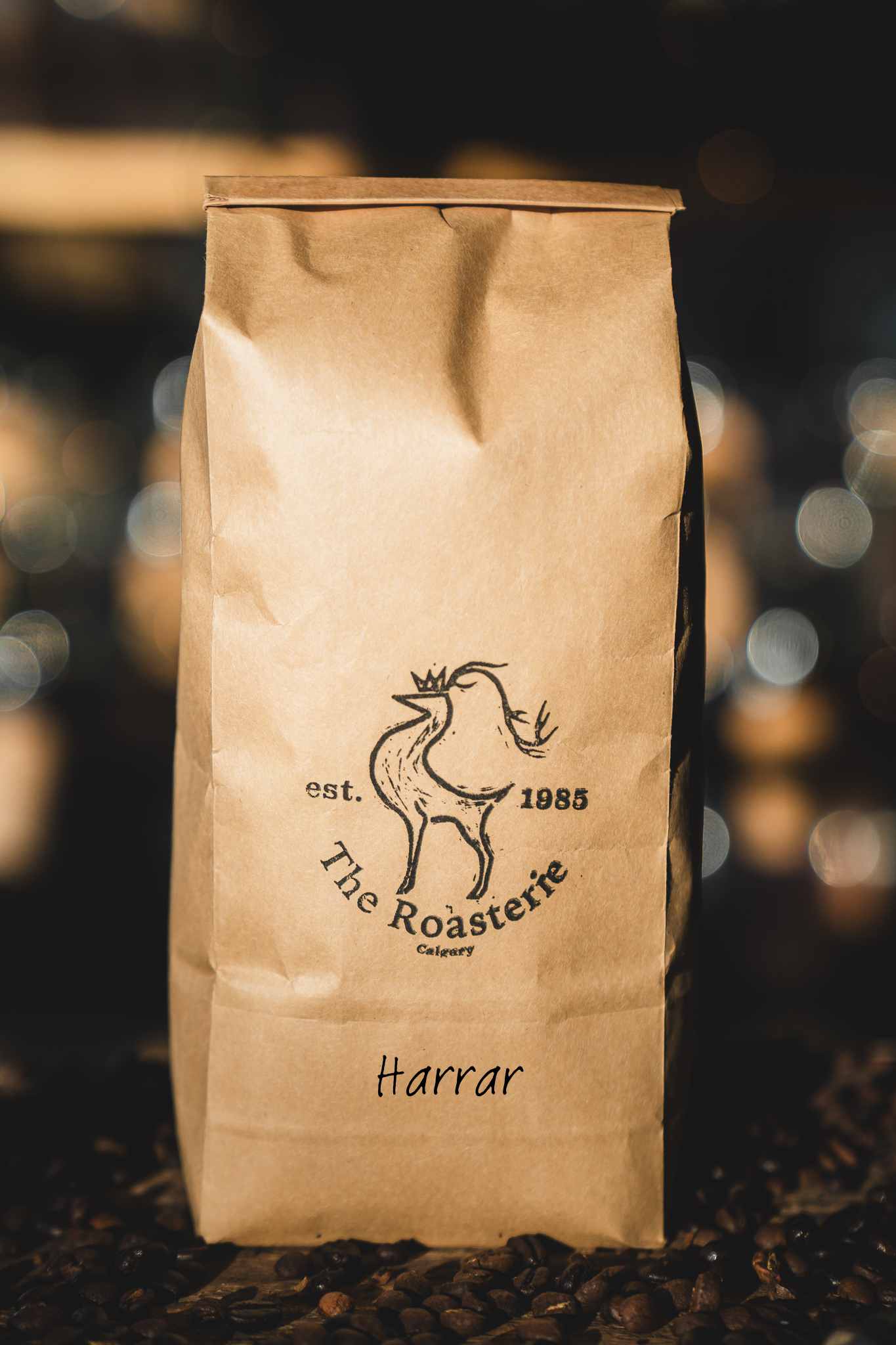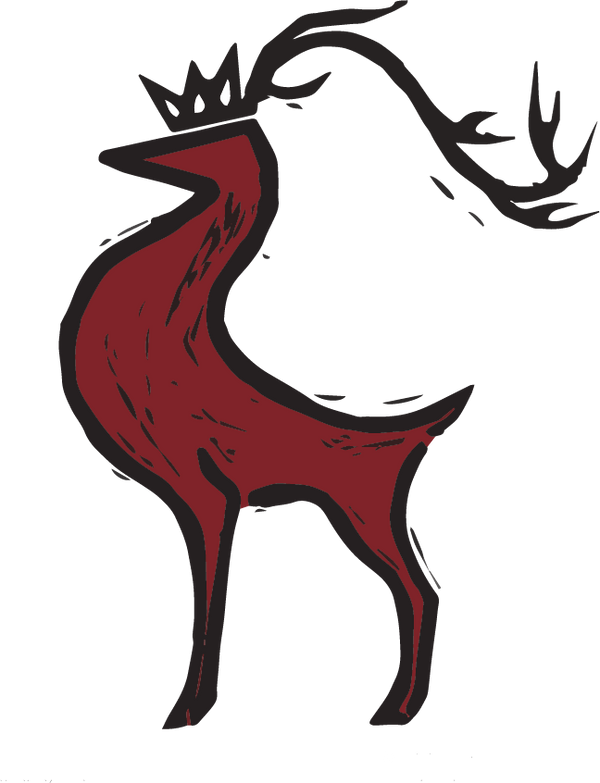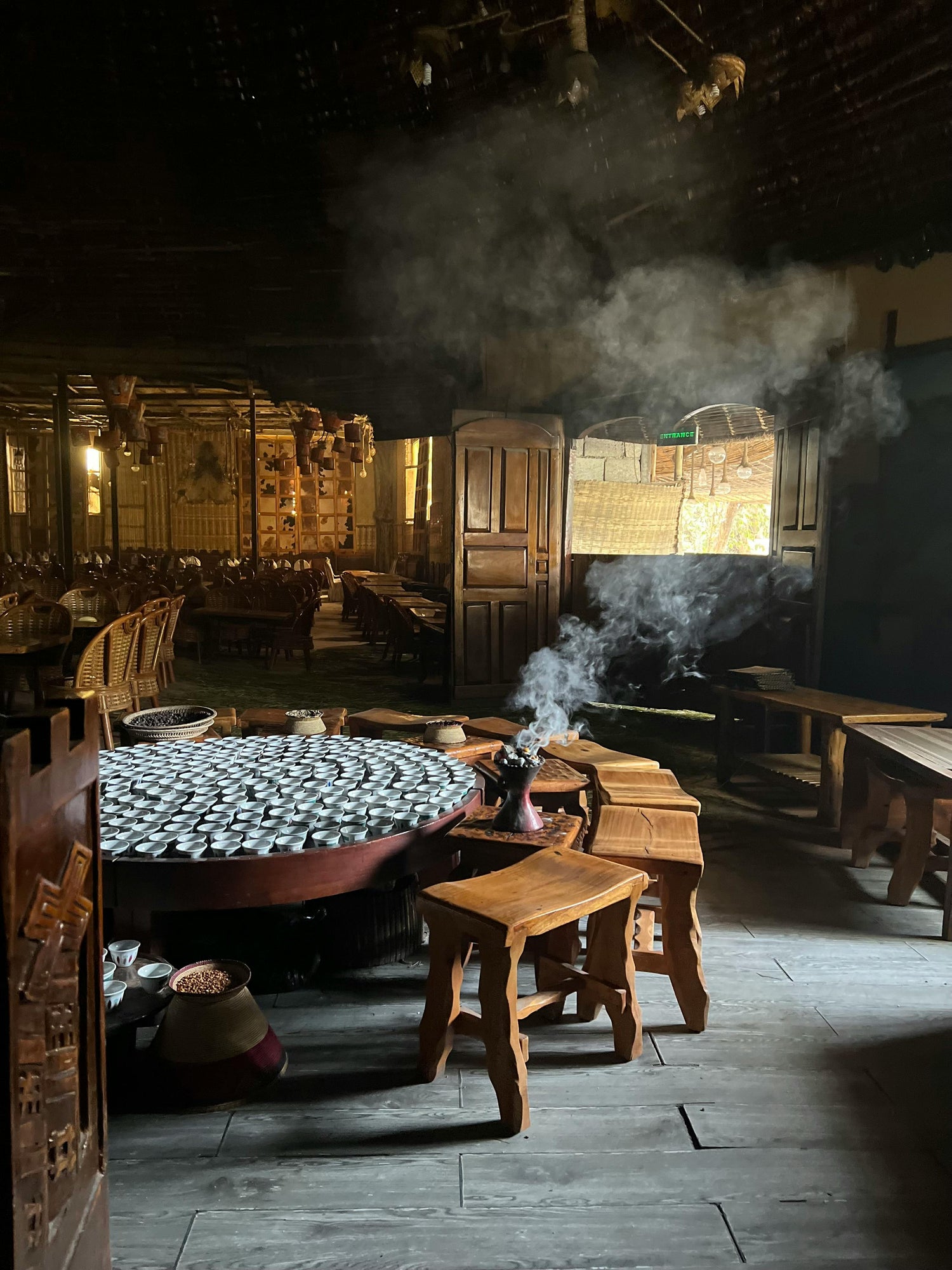
Roasterie's Darling Coffee bean - Ethiopia Harrar
Let’s talk about a legend:Ethiopia Harrar. It’s been holding down the fort in our lineup, and for good reason. If you’ve been around, you’ve probably heard someone raving about it.
It’s bold.
It’s different.
And it’s our most popular Ethiopian coffee, hands down.
But let’s back up a bit and give Harrar the spotlight it deserves.
Where is Harrar, Anyway?
Harrar (also spelled Harar) is in the eastern highlands of Ethiopia, a region known for growing coffee the same way they’ve done for hundreds of years. No industrial farming. No giant processing mills. Just smallholder farmers, most working on a few hectares or less, doing everything by hand.
This is one of the oldest coffee-growing regions in the world. Coffee was born in Ethiopia, and Harrar is part of that origin story.
The plants here are mostly heirloom varieties—wild, genetically diverse, and full of character.

Who’s Growing It?
Harrar coffee comes from small farmers—most of them working family-owned plots that are only a few hectares, sometimes less. These aren’t industrial farms. There’s no big machinery, no irrigation systems. Everything’s done by hand, using traditional tools and local knowledge passed down for generations.
Coffee isn’t the only crop in the mix. Farmers in Harrar often grow maize, sorghum, and beans to feed their families. Many also grow chat (also spelled khat), a leafy plant native to the region that’s chewed socially for a mild stimulant effect. It’s a big part of the local economy—and in some areas, it’s actually more profitable than coffee.
That’s one of the reasons why growing coffee here is a choice.
Farmers who stick with it are doing so because they care about quality and heritage.
There’s very little access to modern infrastructure. Roads are rough, electricity can be spotty, and water is precious. But despite the challenges, there’s pride in the work. Farming coffee in Harrar isn’t just about making a living—it’s about preserving a legacy. That’s why so much of the coffee here is grown organically, even if it’s not always certified.
The soil is rich.
The air is dry.
The methods are old-school, and that’s exactly what makes the coffee stand out.
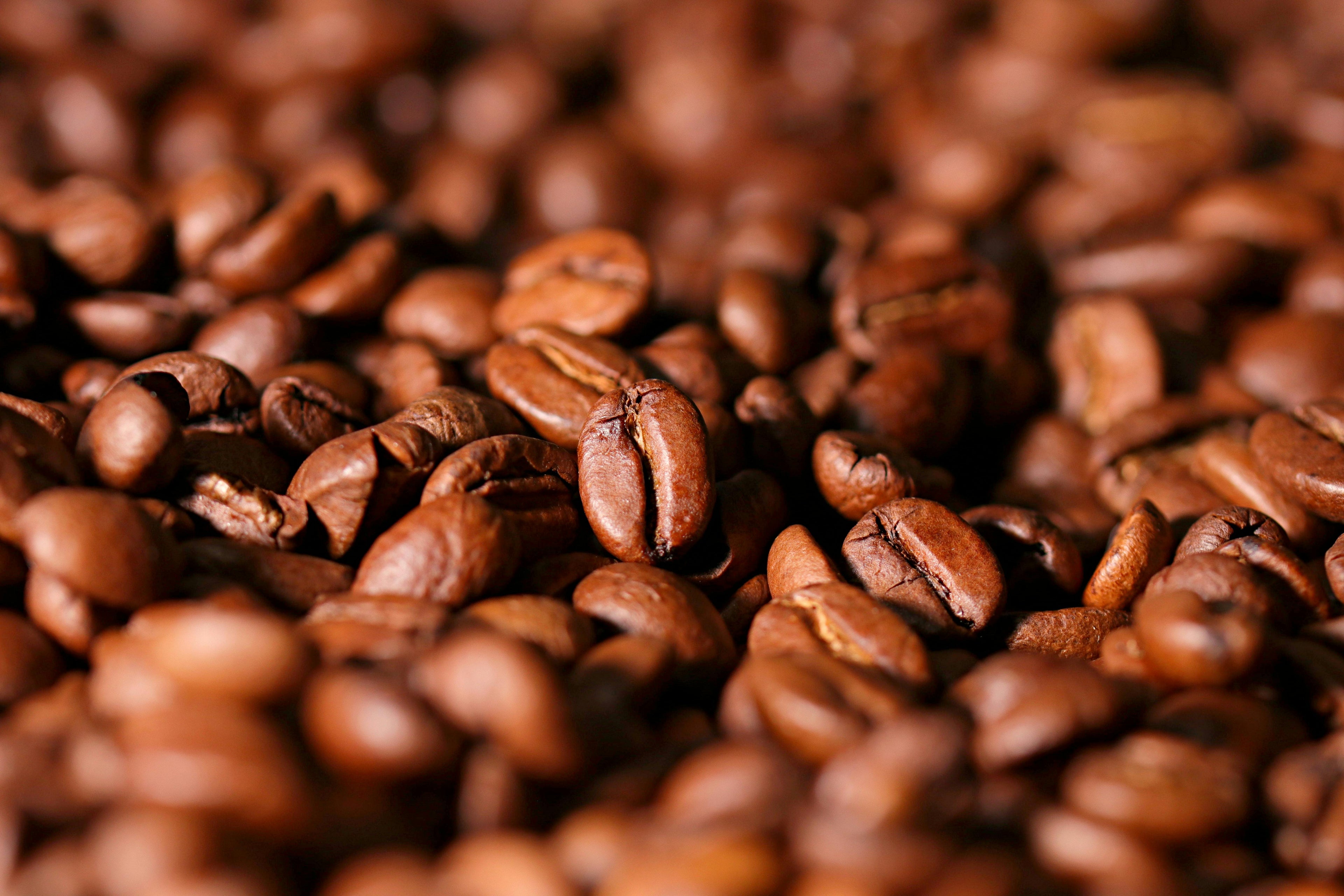
What Makes Harrar Coffee Special?
Here’s the deal: Harrar coffee is wild. In a good way.
Most of it’s naturally processed, which means the whole cherry is dried with the bean still inside. This brings out fruity, winey, and sometimes spicy flavours. It’s loud and unapologetic. A little earthy. You might taste blueberry, chocolate, or even dried apricot, depending on the lot.
It’s also one of the original mocha beans. Back in the 16th century, Harrar coffee was shipped out through the Yemeni port of Mocha, across the Red Sea. Some of the first coffee plants cultivated in Yemen likely came from Harrar. And here’s the kicker: to this day, Harrar is the one origin that most closely resembles the chocolatey profile of traditional Yemeni mocha coffees. It’s rich, deep, and naturally sweet.
What you won’t get is a washed-out, one-note brew. Harrar is complex. And it can be polarizing—but our customers love it. It’s the one they keep coming back for.

Quick Facts
- Eastern Highlands of Ethiopia (Harari Region)
- 1,400–2,100 metres above sea level
- Almost always natural (sun-dried on raised beds)
- Ethiopian heirloom (wild, diverse)
- Blueberry, dark chocolate, spice, dried fruit
- Harrar beans are often “longberry” or “shortberry,” which refers to bean size, not flavour

The Mother of Coffee
In a world obsessed with precision and gadgets, Harrar reminds us that great coffee can still come from people, not machines. The farmers here are working with the land and the rhythms of nature, not chasing perfection by the numbers. And that’s what makes the coffee so special. It’s human. It’s connected to place.
Harrar is rich, with flavours that pop. It’s not a coffee for the faint of heart, but that’s exactly why it stands out. It’s a coffee with personality—and we’re all about that.
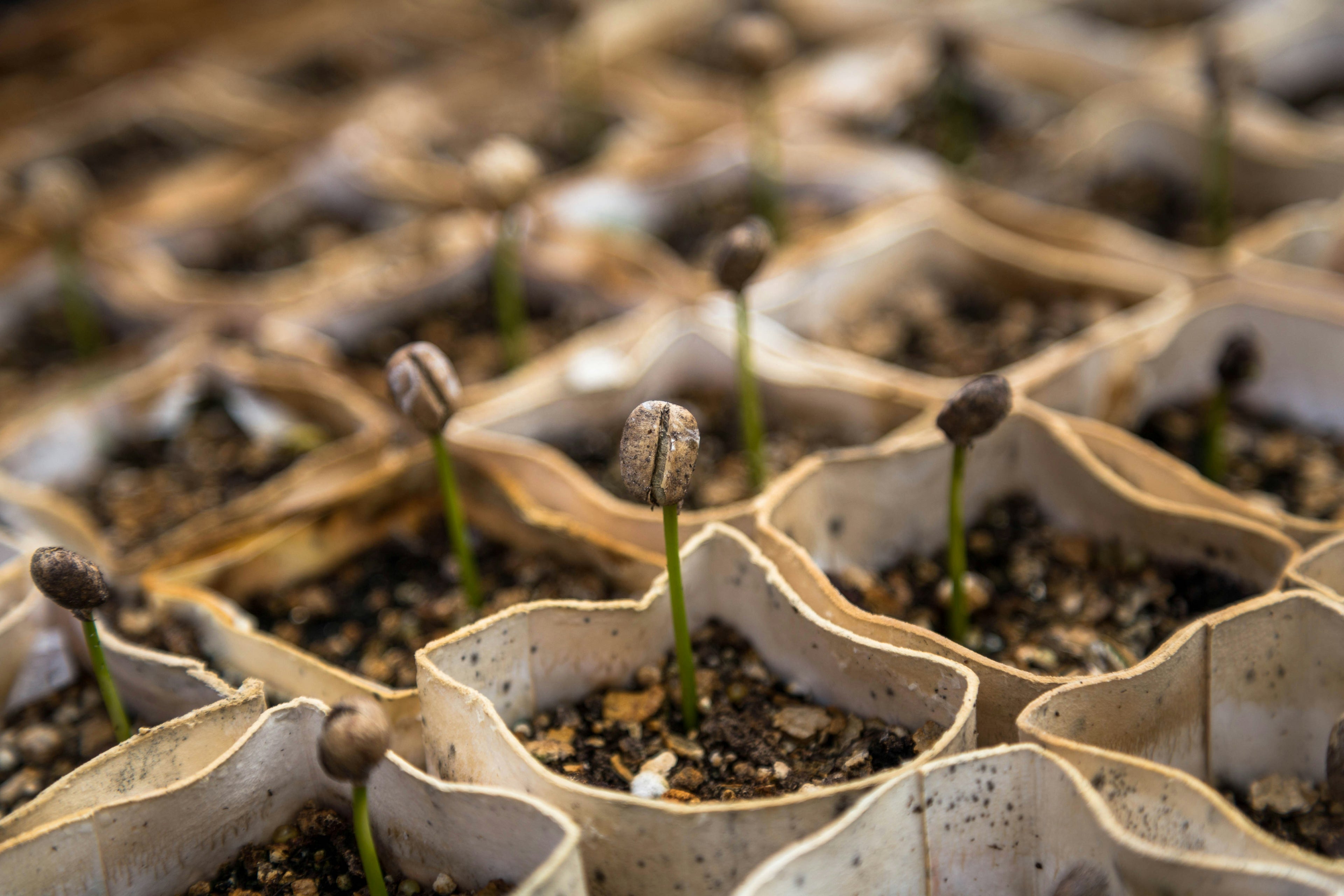
Small-batch roasted
We keep Harrar on the shelf because it’s the crowd favourite. If you haven’t tried it yet, start with a pour-over. If you already love it, you’re in good company.We go through more Harrar than any other Ethiopian origin, and we’re not mad about it.Swing by, grab a bag, and taste what makes Harrar so iconic.

theroasterie.com
Ethiopia Harrar
Share
